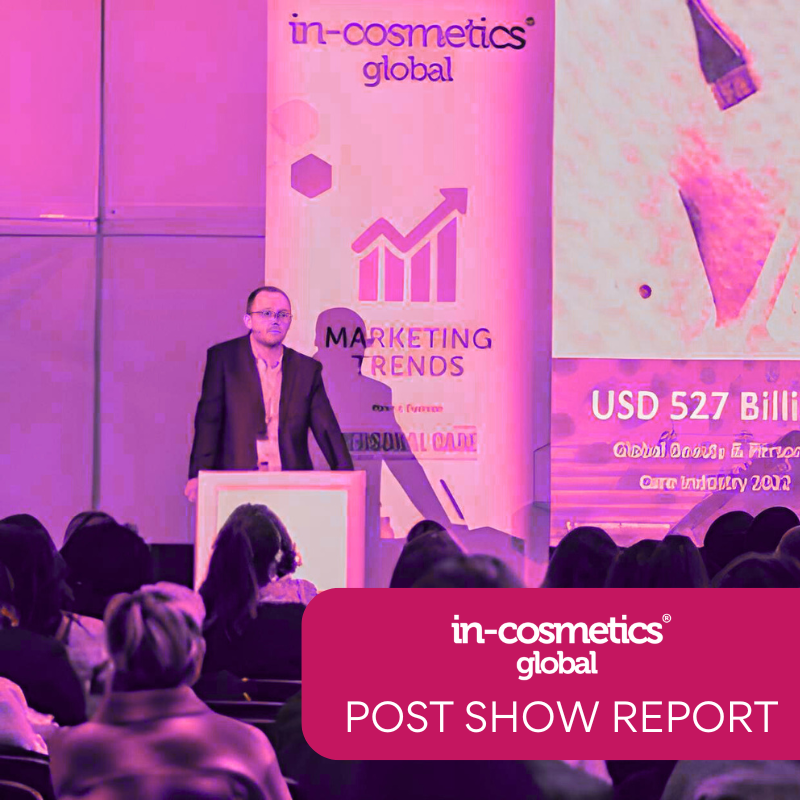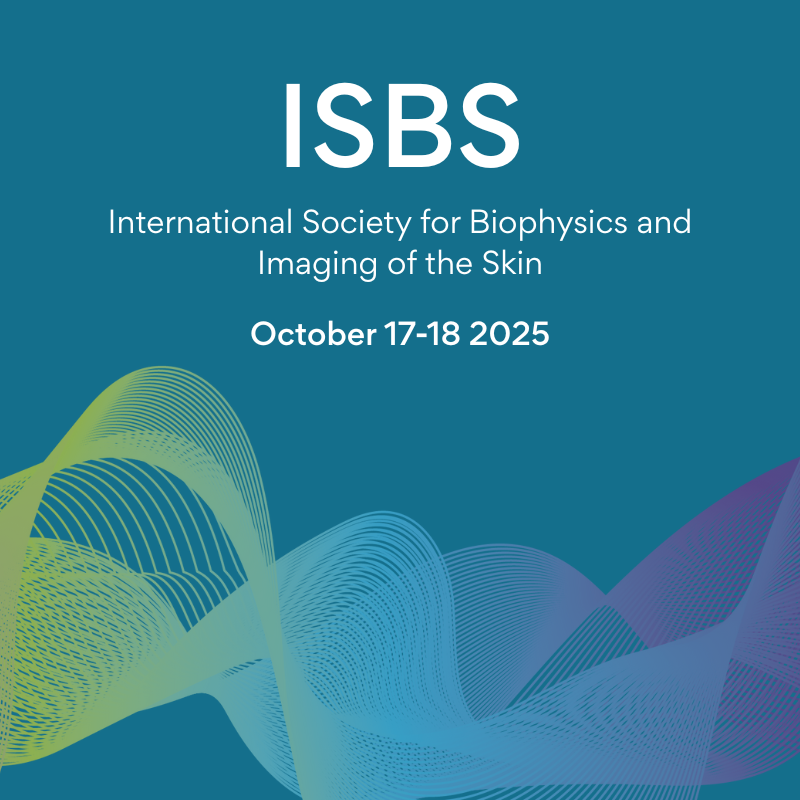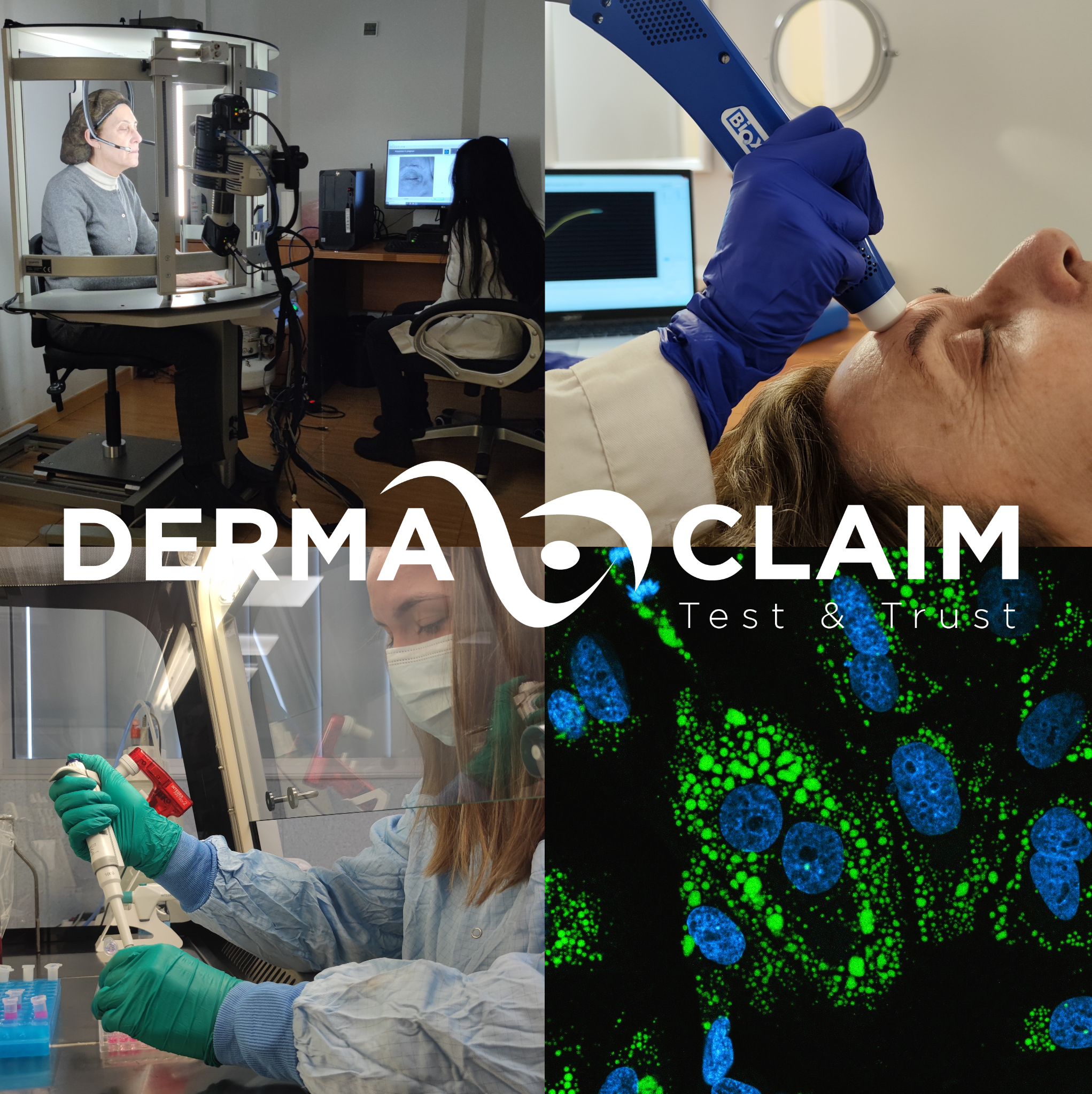Last month, cosmetic chemist Kelly Dobos noticed something interesting in regulation research: The EU was making moves to start restricting DHA—the ingredient that does the tanning in self-tanners—to 10-percent max, and the shift is going to start showing up on shelves as early as January of next year.
In scientific terms, DHA, or dihydroxyacetone, is a type of sugar that reacts with amino acids in the uppermost layer of skin to brown pigments called melanoidins that mimic a natural tan, Dobos explains.
“While dihydroxyacetone has been regulated in the U.S. as a colorant with strict impurity limits, it was previously used without restriction in the European Union. Self-tanning products in the EU will now be limited to a maximum of 10-percent DHA based on safety data evaluated by the Scientific Committee on Consumer Safety (SCCS). The regulation also set a limit of 6.5 percent for use in non-oxidative hair-dye products, but that is a far less common application for the ingredient.”
“Some consumer products aren’t likely to be affected because they use much lower levels of DHA (1–3 percent) to gradually develop color which also lessens the chances of obvious streaks and blotches,” Dobos adds. “Higher concentrations used for faster tanning and darker skin tones will no longer be allowed to be sold in the EU beginning in early 2022 triggering reformulation for global brands.”
By Liz Ritter, Executive Editor –





